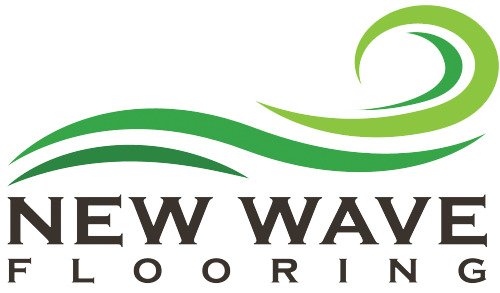Artificial Grass for Concrete | A Green Alternative to Natural Grass
If you own a concrete space and are tired of seeing gray, why not update it with the most simple solution on the market? Artificial turf!
Adding artificial grass to any surface adds natural color to the area.
Artificial grass for concrete is a great way to get some greenery in your life without worrying about the maintenance that comes with natural grass.
Artificial grass can be used alone or in conjunction with natural garden beds, allowing you to spend less time worrying about and maintaining your grass and more time playing in it.
Artificial Grass for Concrete – Important Factors to Consider Before Installing
Artificial grass can be installed over almost any surface and offers incredible versatility. In addition to transforming gardens and backyards, homeowners are now using artificial grass to improve the curb appeal of their old and dull concrete patio, driveway, deck, rooftop, or other rough outdoor areas and transform them into inviting, lively, and soft entertaining spaces.
Suitability of a Concrete Foundation
A solid foundation is essential for a successful and long-lasting installation. Direct installation is nearly impossible with a heavily cracked, broken, or loose concrete base. In such cases, removing the existing surface and starting over with the standard artificial grass installation procedure is best.
Surfaces with minor flaws and holes can be easily repaired with artificial grass underlay or exterior fillers. However, concrete surfaces that are flat and relatively stable are best suited for synthetic grass installations.
Sufficient Drainage
To prevent water puddles on the newly installed surface, later on, it is critical to plan ahead of time for adequate drainage. If water pools in certain concrete surface areas, the artificial grass will almost certainly suffer from the same issue. Concrete must be sloped slightly to ensure water runoff.
A Foam Underlay
Laying a foam underlay for any concrete surface, especially an uneven one, is critical to the artificial grass installation. Although artificial grass is soft, laying it on concrete makes the underfoot feel softer.

The foam underlay absorbs shock and provides a softer underfoot experience for injury prevention and a natural grass-like feel. Because the concrete surface is rarely uniformly even and smooth, it also serves as an excellent covering for uneven ridges and cracks. For optimal performance, always use a high-quality underlay.
Why Artificial Grass for Concrete?
Some of the benefits a homeowner can enjoy by laying artificial grass on concrete surfaces include:
It Instantly Improves the Appearance
The simplest way to improve your view is to install synthetic grass over a concrete surface; it instantly gives a space a more organic, natural look than a piece of gray pavement.
Generates Usable Space
A concrete area can be used for a variety of purposes. However, suppose you want to turn your grey area green while still making it usable. In that case, artificial grass is your all-in-one solution if you wish to use the area for a playground structure or your pets. In addition, the adaptability of artificial turf allows you to tailor the space to your family’s needs.

Low-Cost
Because installing artificial grass on a concrete surface is less labor-intensive, it is much more cost-effective.
It Is Safe
Concerns have been raised about the chemical compounds used in lower-cost artificial grass. We at New Wave Flooring take our customers’ safety very seriously. As a result, our premium quality artificial turf has undergone rigorous chemical safety inspections and numerous other assessments to ensure that it is safe for your family and pets.
Furthermore, the absence of the need for insecticides and weed killers on your synthetic grass contributes to the safety of your family and pets.
Installing synthetic grass is an inexpensive way to spruce up any concrete surface. For the discerning homeowner, artificial grass for concrete is a popular and environmentally friendly option.
